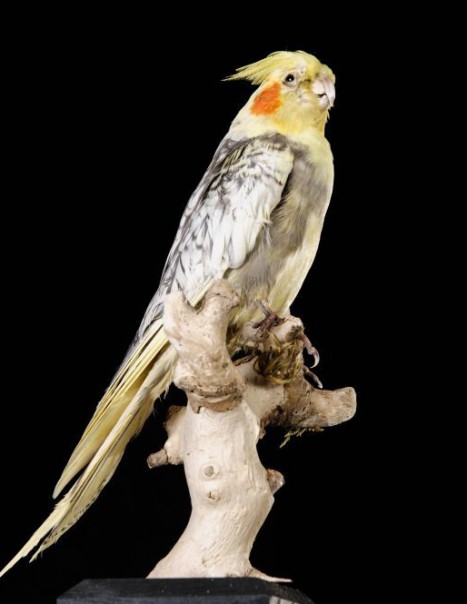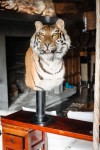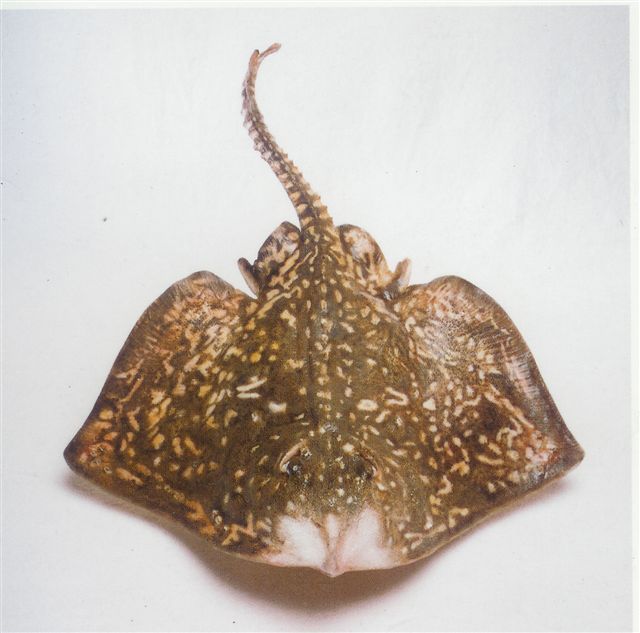Cockatiel – Nymphicus hollandicus
Cockatiel – Nymphicus hollandicus
The hooked beak is dark gray. The eyes are dark brown. Legs and feet are gray. We can find various colors in high cockatiels in captivity.
It forms large flocks outside the breeding season. Northern birds are very mobile while southern populations migrate, arriving in the spring to breed and migrating at the beginning of the following year. These species are considered pests of crops by farmers because these birds devastate the fields where seeds, that are their favorite food, is abundant. They also like acacia seeds, fruit and berries. It feeds on the ground twice daily. It needs to drink regularly and this species is often close to the water.
It reaches sexual maturity between eighteen months and two years. Breeding season occurs from August to December and sometimes even starts in April. The nest is placed in a tree hole, near or in the water. The hole is lined with wood dust without special care. The female usually lays 4 to 7 white eggs. Incubation lasts about three weeks, shared by both parents. The female incubates the night while the male remains at the nest during the day. At birth, the chicks are covered with yellow hairs. They are fed by both adults.
Its lifetime is estimated at 20 years.





